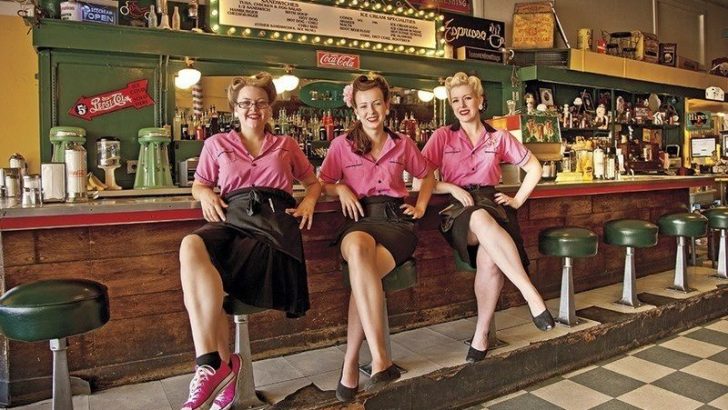Baby Boomers, born between 1946 and 1964, often reminisce about various aspects of life that have evolved or faded over time. From handwritten letters to drive-in theaters, these elements represent a period when life was more tactile and community-oriented. Each item brings a unique memory of simpler, more connected times that many Boomers hold dear. This blog post explores 12 distinct things that Boomers miss about the way life used to be. Through vivid descriptions and engaging anecdotes, we’ll take a trip down memory lane to understand what made these experiences so cherished.
1. Handwritten Letters

The gentle scratch of pen on paper held a charm emails can’t match. Boomers fondly recall waiting by the mailbox for personal letters that bore the sender’s essence. Writing letters required thoughtfulness and patience, turning correspondence into an art. A heartfelt note could bridge miles, connecting people in a way digital messages seldom do. Not only was the content meaningful, but the choice of stationery and ink color added personality. In a world dominated by instant communication, handwritten letters are a cherished relic, evoking nostalgia for intimate, tangible connections.
2. Vinyl Records
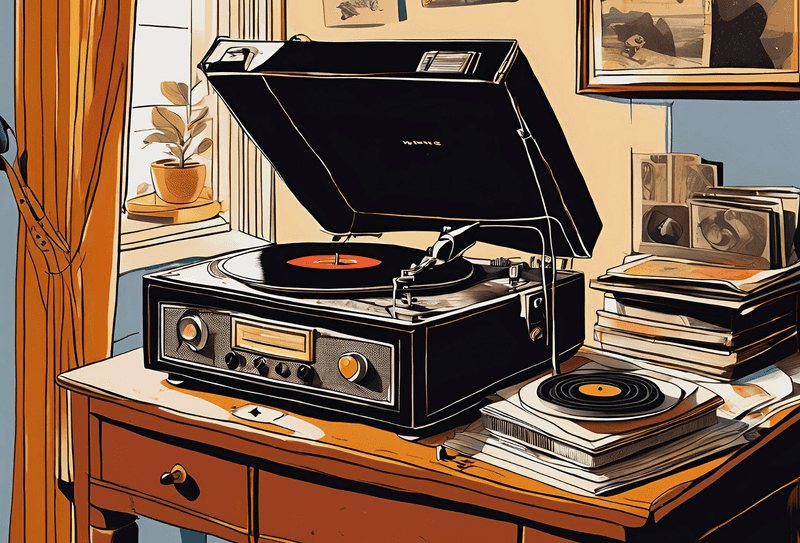
With the hiss of a needle finding its groove, vinyl records offered a sensory delight. Boomers reminisce about evenings spent choosing records for their rich, warm sound. Unlike digital playlists, vinyl required intention, from handling the delicate discs to flipping sides mid-album. This tactile engagement connected listeners to the music in an intimate way. The cover art also played a significant role, often becoming conversation pieces. Despite technological advances, vinyl’s resurgence testifies to its timeless appeal, reminding Boomers of a time when music was an experience beyond mere listening.
3. Drive-In Theaters

Imagine settling into a car, popcorn in hand, under a starlit sky. Drive-ins were a beloved pastime, blending cinema with the great outdoors. Boomers recall the anticipation of movie nights, where the air was filled with laughter and car horns. The communal experience extended beyond just the film, as families and friends gathered for an evening of fun. Each visit was an event, complete with snacks and cozy blankets. Though they have dwindled, drive-ins remain a symbol of a bygone era, capturing the heart of community-focused entertainment.
4. Analog Photography
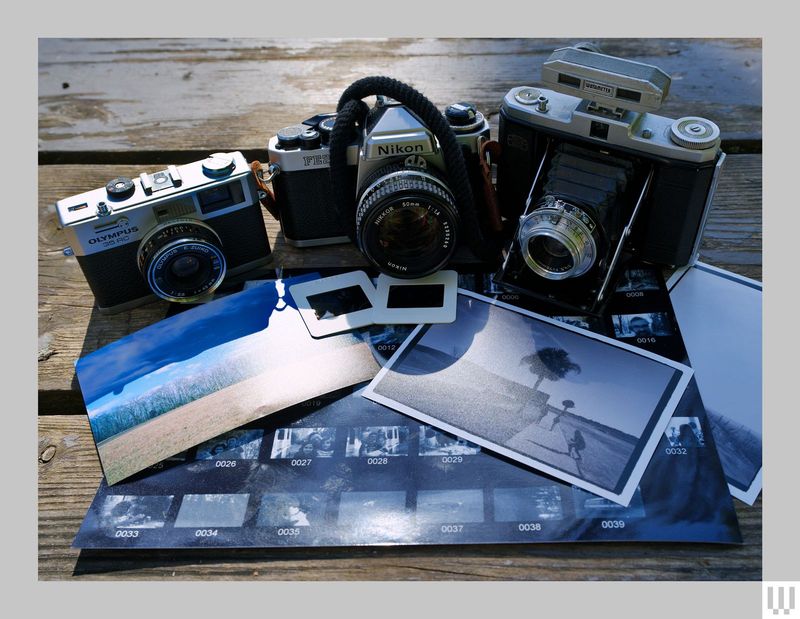
Click and wait. Analog photography taught Boomers patience in capturing life’s moments. Each shot was deliberate, knowing film was finite. The anticipation of developing photos added an element of surprise—did the picture turn out as hoped? This process fostered a deeper appreciation for photography. It was a hobby and an art, often involving careful consideration of light and composition. Unlike digital photos easily snapped and forgotten, these images were cherished keepsakes. Analog photography is remembered for its authenticity, offering a nostalgic glimpse into cherished memories and artistic endeavors.
5. Paper Maps and Compasses

Navigating the open road with only a paper map and compass added adventure to travels. Boomers recall carefully plotting routes and the joy of unfolding a map to discover new destinations. Unlike GPS, these tools demanded spatial intelligence and intuition. There was a unique satisfaction in finding one’s way, often leading to unexpected detours and discoveries. Map reading became a shared experience, with families gathering to chart their course. Though replaced by technology, the allure of paper maps endures, evoking nostalgia for spontaneous journeys and the thrill of exploration.
6. Rotary Phones
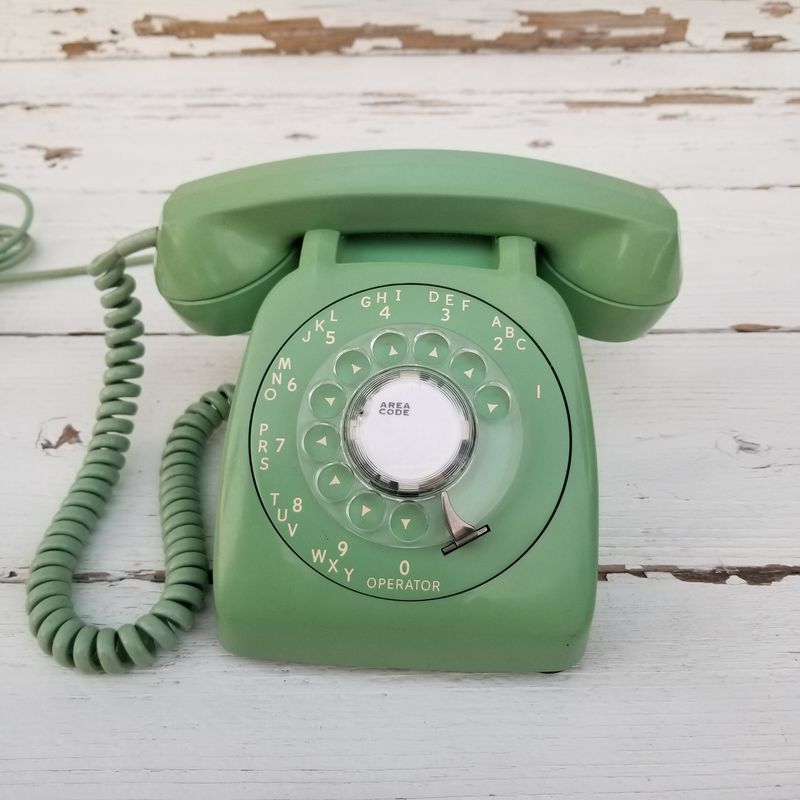
The whirl of the dial, the click of the receiver—rotary phones were household staples. Boomers reminisce about the tactile process of making a call. Dialing required patience, with each number a deliberate action. Conversations held a more personal touch, free from the distractions of today’s smartphones. The phone’s design itself was iconic, often a centerpiece in the living room. Despite the convenience of modern devices, many Boomers fondly remember the simplicity and intentionality of rotary phones, symbolizing a time when communication was more genuine and focused.
7. Encyclopedias and Printed Reference Books
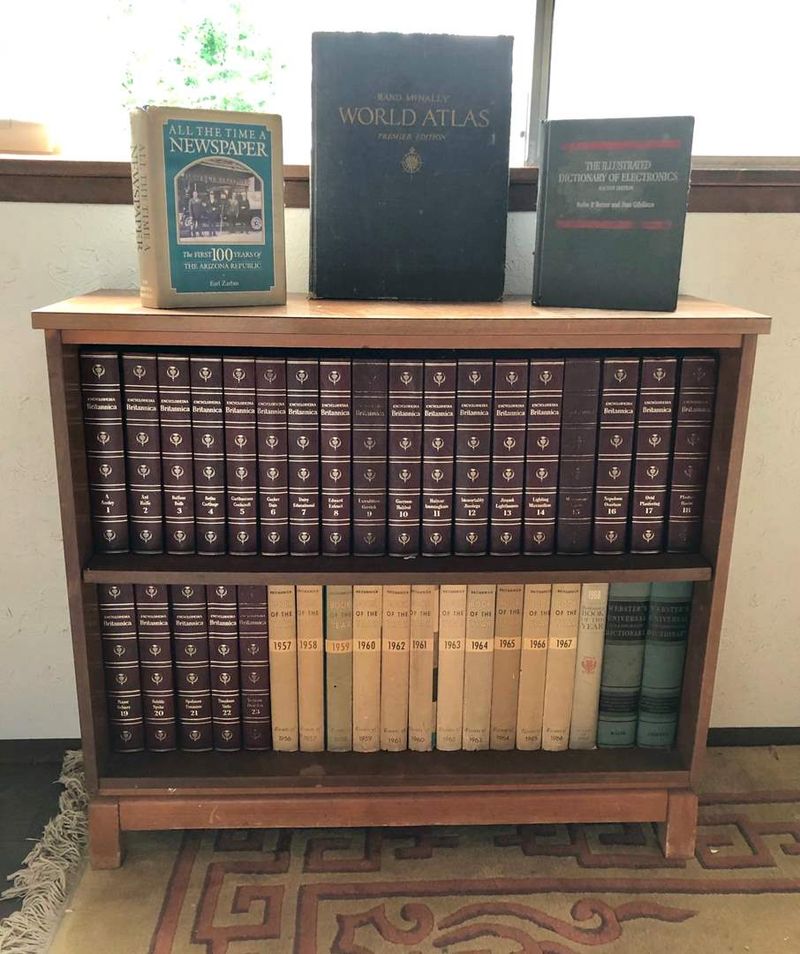
Before the internet, encyclopedias were gateways to knowledge. Boomers recall spending hours immersed in these volumes, exploring everything from history to science. Each entry was meticulously crafted, encouraging curiosity and learning. The physical act of searching through pages provided a sense of accomplishment. Encyclopedias were treasured collections, often passed down through generations. They offered a tactile and satisfying way to learn, unlike the overwhelming information found online today. These printed resources are remembered fondly for their role in fostering a lifelong love of discovery and education.
8. Soda Fountains and Ice Cream Parlors

Soda fountains and ice cream parlors were community hubs. Boomers reminisce about afternoons spent sharing sundaes and milkshakes with friends. The clink of glassware and the whirl of blenders set a lively backdrop for conversations. These establishments were more than just places to enjoy sweet treats; they fostered social connections. Regular visits became traditions, each one adding to the sense of belonging. Though many have vanished, their memory persists, representing a time when life was sweeter, both in taste and in the bonds forged over shared indulgences.
9. Family Dinners Around a Table

Family dinners were sacred rituals. Boomers remember gathering around the table, meals served with love and conversation. These dinners were opportunities to connect, share stories, and build relationships. The table was a place where generations mingled, passing down values and traditions. The aroma of home-cooked meals lingered, creating memories intertwined with the taste of favorite dishes. In today’s fast-paced world, such gatherings are rare, making them cherished recollections. Family dinners symbolized unity and warmth, offering a sense of belonging and continuity now deeply missed.
10. Cursive Handwriting
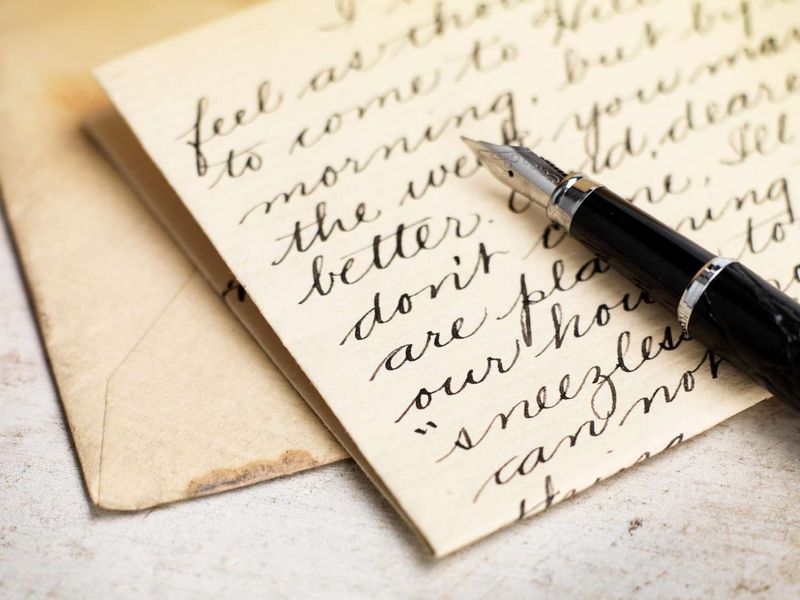
The elegance of cursive writing is a lost art. Boomers recall the pride of mastering swooping letters, each stroke a testament to skill. Schools dedicated time to teaching this graceful form of communication. Writing in cursive was a personal expression, with styles as unique as fingerprints. Letters and notes conveyed more than words; they showcased the writer’s personality. Though keyboards dominate today, cursive remains a symbol of individuality and craftsmanship. It is fondly remembered for its beauty and the personal touch it added to the written word.
11. Physical Media
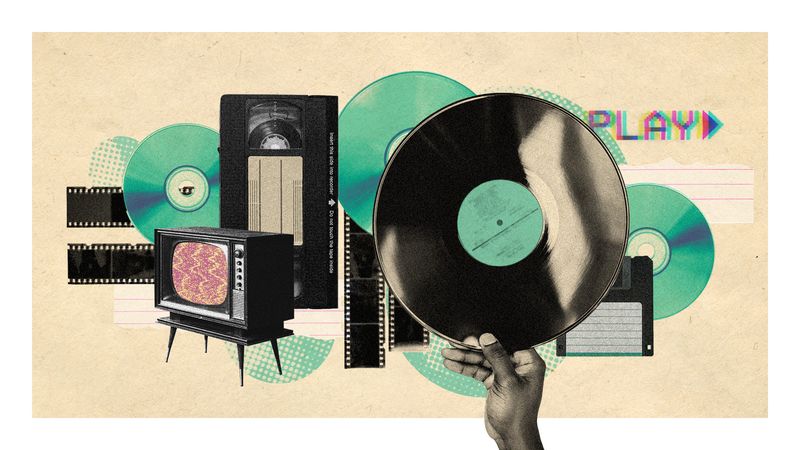
Physical media provided a tactile connection to entertainment. Boomers recall collecting records, cassette tapes, and VHS tapes, each with its own story. Handling these items was an experience, from the satisfying click of inserting a cassette to the anticipation of rewinding a tape. Collections grew over time, becoming personal archives of favorite music and films. Unlike digital libraries, these tangible objects offered a sense of ownership and pride. Physical media is remembered for its ability to evoke memories and emotions, representing a time when entertainment was both personal and shared.
12. Traditional Banking

Visiting the local bank was a familiar routine. Boomers recall interactions with friendly tellers who knew their names. Banking was personal, fostering trust and community ties. Transactions involved face-to-face exchanges, where a handshake could seal a deal. The bank itself was a cornerstone of the community, a place where neighbors met. Though online banking has taken over, the nostalgia for traditional methods remains. These visits were more than financial errands; they were social interactions that reinforced community bonds and offered a sense of stability and reliability.

Well, hello there!
My name is Jennifer. Besides being an orthodontist, I am a mother to 3 playful boys. In this motherhood journey, I can say I will never know everything. That’s why I always strive to read a lot, and that’s why I started writing about all the smithereens I came across so that you can have everything in one place! Enjoy and stay positive; you’ve got this!

